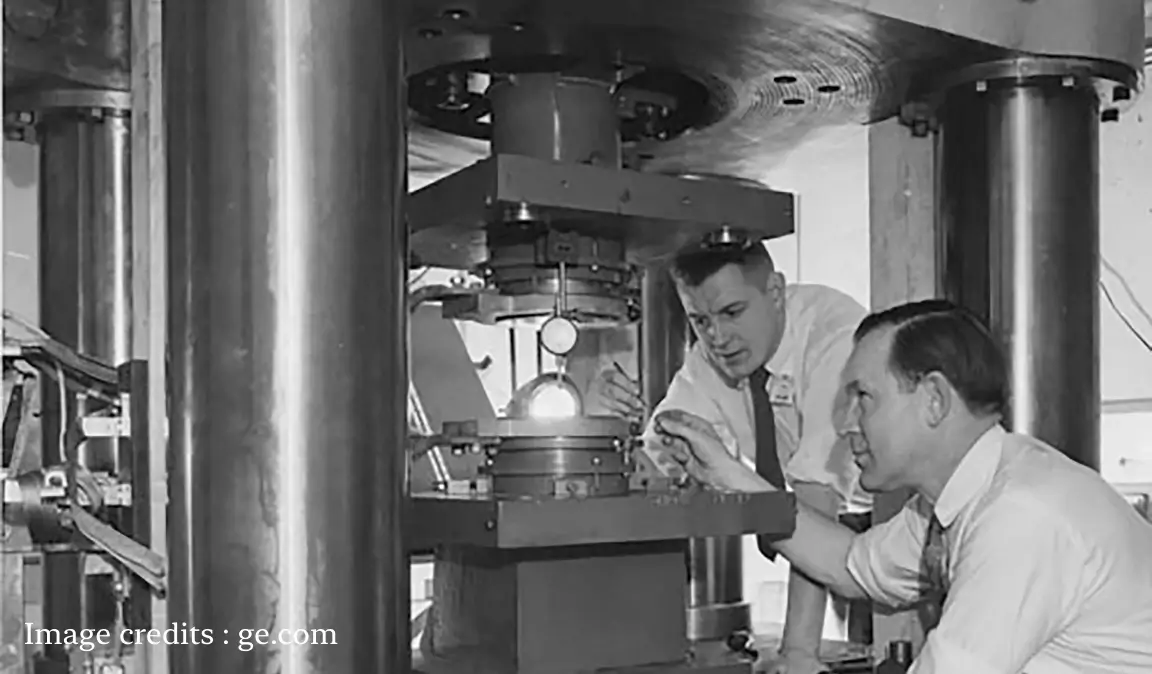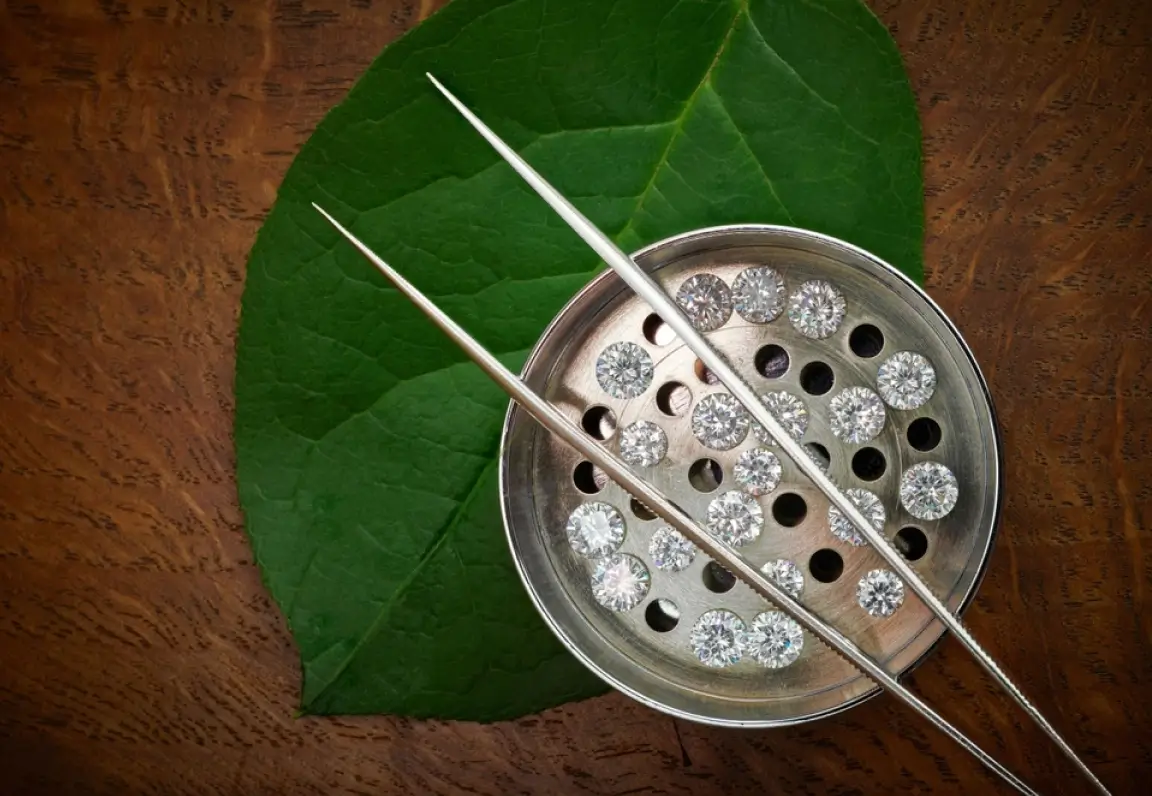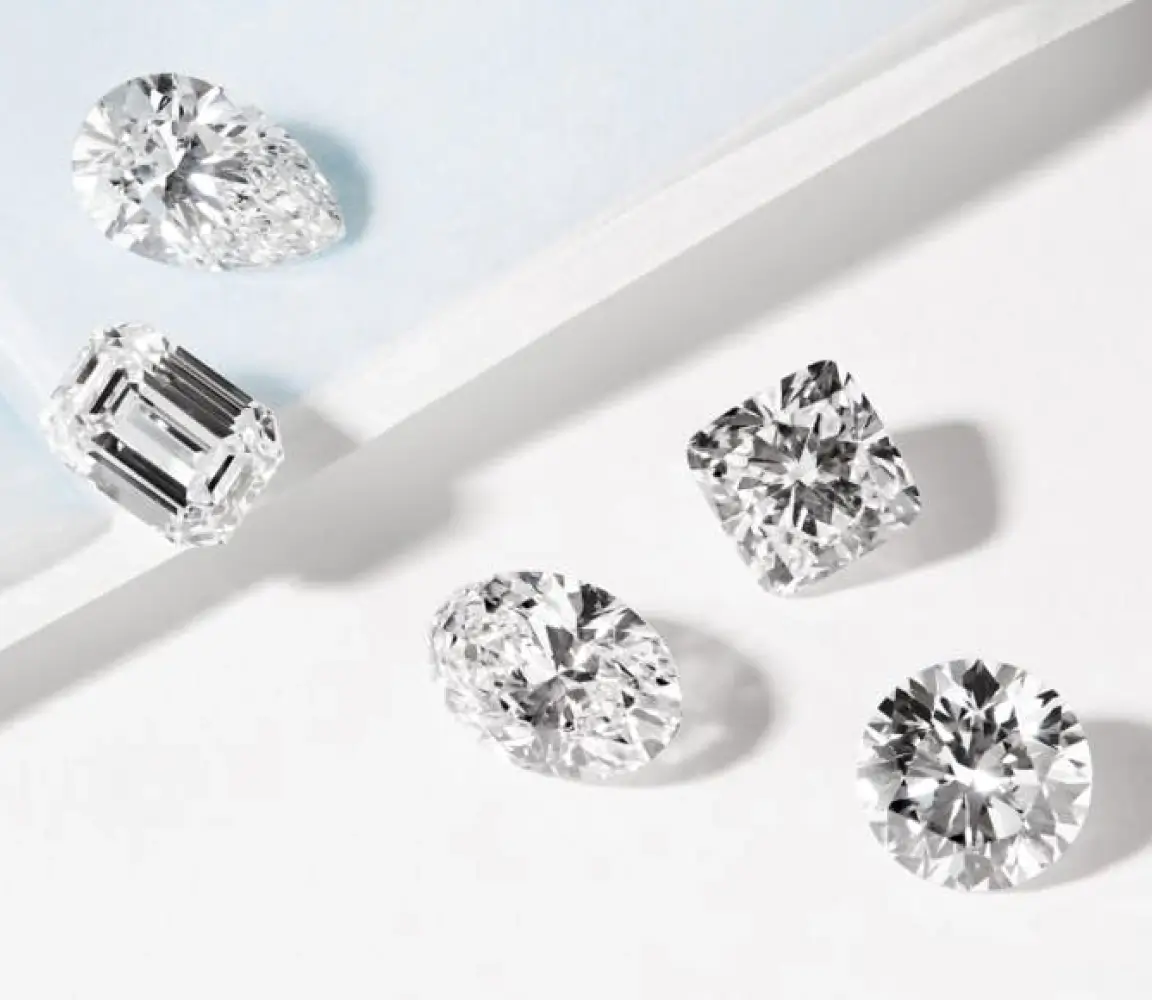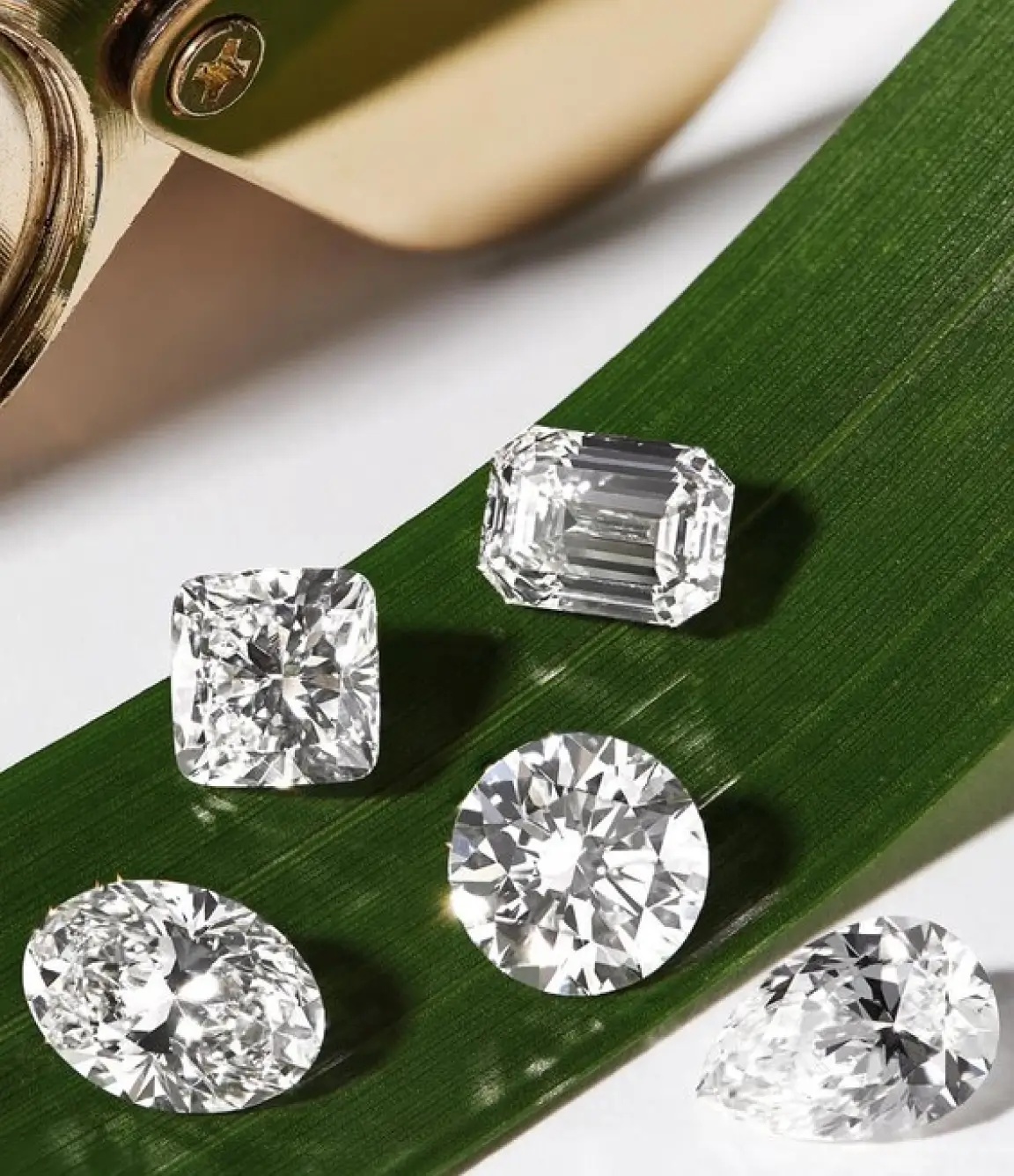Diamonds are nature's most mesmerizing phenomenon. They are made into rings, bracelets, earrings, necklaces, and other kinds of jewelry. Everybody wants to own these charming stones, but sometimes, buying a perfect-sized diamond costs an arm and a leg. However, a sparkling invention in the 1950s gave the world the best alternative to these exorbitantly priced gems. These highly affordable and sustainably made stones were named “lab diamonds”!
Jewelry enthusiasts know lab diamonds by many names. People sometimes refer to them as cultured diamonds, man-made diamonds, and even synthetic diamonds. Despite being given many names, one thing stays true: there are no optical, chemical, or physical differences between a mined diamond and a lab diamond.
To understand how lab diamonds came into the picture, let’s take a look at the history of lab created diamonds, how they are produced, and how much time it takes for them to be created. Furthermore, entice your curiosity by perusing until the conclusion to unveil the diverse array of loose diamond shapes presented by Friendly Diamonds.
Table of Contents:
What Is The History Of Lab Diamonds?
It was in 1797 that scientists discovered that diamonds consist of pure carbon. Brainy scientists then engaged in a race to create the first synthetic diamonds. The 19th century was filled with scientists trying to replicate and recreate the formation of diamonds in a lab setting. Despite numerous claims of success, scientists still needed to replicate these experiments to perfection.
Finally, scientists Herbert Maxwell Strong and Howard Tracy Hall saw success in 1954 when they created the first proven lab diamond under the project codenamed “Project Superpressure.” It began in the 1940s but was postponed because of World War II. Scientists dissolved graphite, another mineral made of pure carbon, and other metals in a high-pressure belt press and subjected small seed crystals to a temperature of 1,600 °C and a pressure of 100,000 atm.

To their surprise, the resulting element broke the scientists’ cutting tool! At that moment, they knew that they had succeeded in their attempt to make lab diamonds. The material created scored a full 10 on the Mohs hardness scale. Since diamonds can scratch and destroy metal tools, they confirmed they created diamonds.
How Are Lab Grown Diamonds Made Today?
The initial method used by Strong and Hall using the high pressure/high temperature process (HPHT) was extremely expensive and complex. However, a new process was developed in recent times to mimic the formation of natural diamonds. In chemical vapor deposition (CVD), a small seed of diamond is exposed to carbon gas. It heats up and causes the carbon to stick to the seed and grow into a larger diamond. This method allows scientists more control over the properties of the lab grown diamond. Additionally, it allows them to produce the gem in large quantities while maintaining high quality. Since CVD can take place at lower temperatures, it makes the process less costly.

How Much Time Does It Take To Produce Lab Diamonds?
While natural diamonds take millions of years to form beneath the Earth’s surface, it takes about six to ten weeks for lab diamonds to form in a laboratory.
Under the CVD process, it takes roughly three weeks to one month for one carat of diamond. Under the HPHT process, growing several crystals takes several days to a few weeks. Then, it takes about a fortnight to grow one carat of diamond.
Growing Popularity Of Lab Diamonds
Since their invention, lab grown diamonds have captivated the hearts and minds of discerning jewelry enthusiasts. Their popularity has continued to increase, and for good reason. Ethically sourced and environmentally friendly lab diamonds offer a guilt-free sparkle that appeals to the socially conscious consumer.
Beyond ethics and quality, affordability plays a significant role. Lab grown diamonds typically cost significantly less than their mined counterparts, making them attractive for those seeking value without compromising on beauty.
Hence, as more people discover the beauty and advantages of lab diamonds, their popularity is set to keep shining brighter in the jewelry landscape.

Stunning Collection Of Loose Lab Diamonds At Friendly Diamonds
Lab diamonds have made a wave in the jewelry industry. Jewels now craft intricate lab diamond engagement rings, unique earrings, and fine jewelry out of them. Friendly Diamonds, a New York-based lab grown diamond vendor, has an extensive collection of sustainably sourced and conflict-free lab diamond jewels.

SHOP LAB DIAMONDS
They have lab diamonds in classic shapes like round and oval and fancy shapes like princess, radiant, emerald, cushion, Asscher, marquise, and heart.
These stunning stones are available in various carat weights and are graded by top-grading institutions like GIA and IGI. Since lab diamonds are created in a laboratory, their price markup is also lower than that of natural diamonds.
Transform these loose lab diamonds into exquisite earrings that exude elegance and tennis bracelets that sparkle with brilliance. Our website showcases an extensive array of options for you to peruse. Delve into our collection of radiant lab diamonds and craft the jewelry of your dreams.















